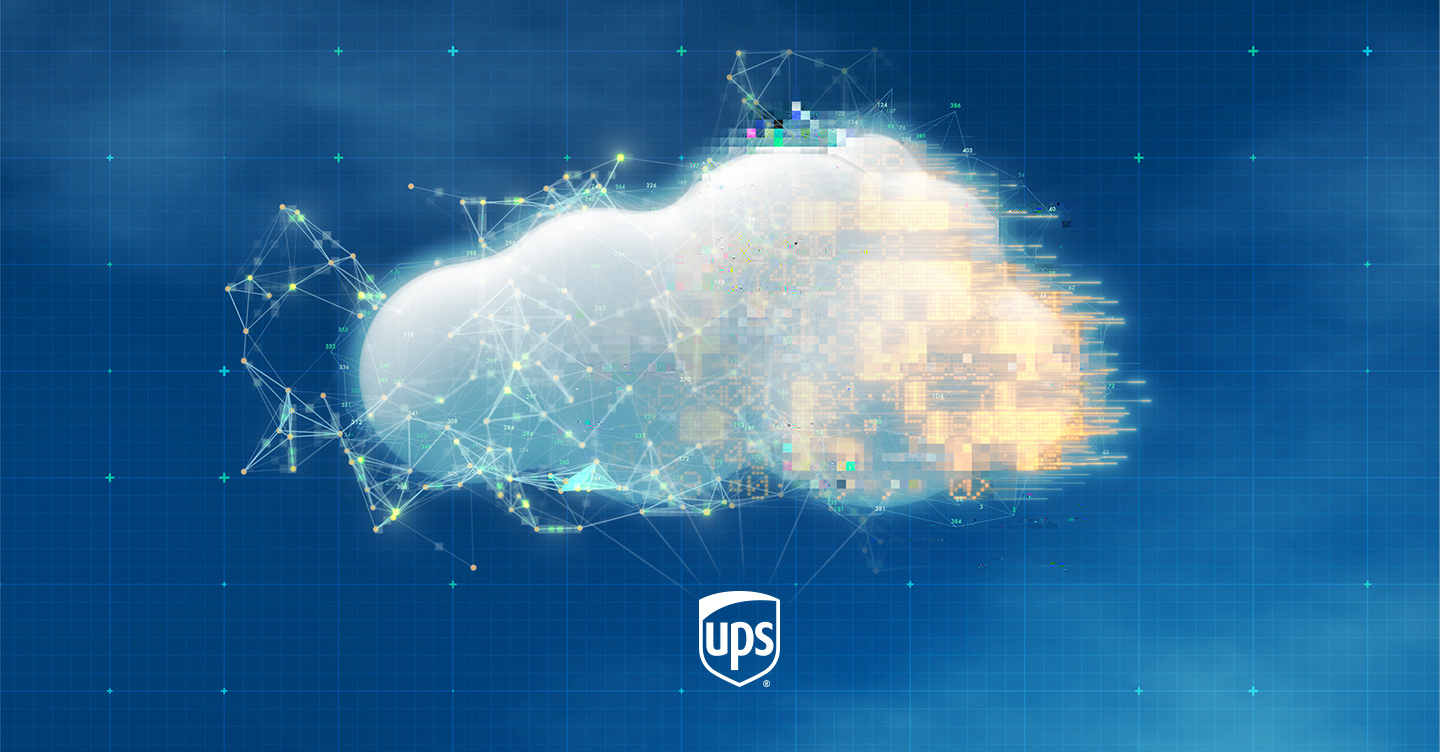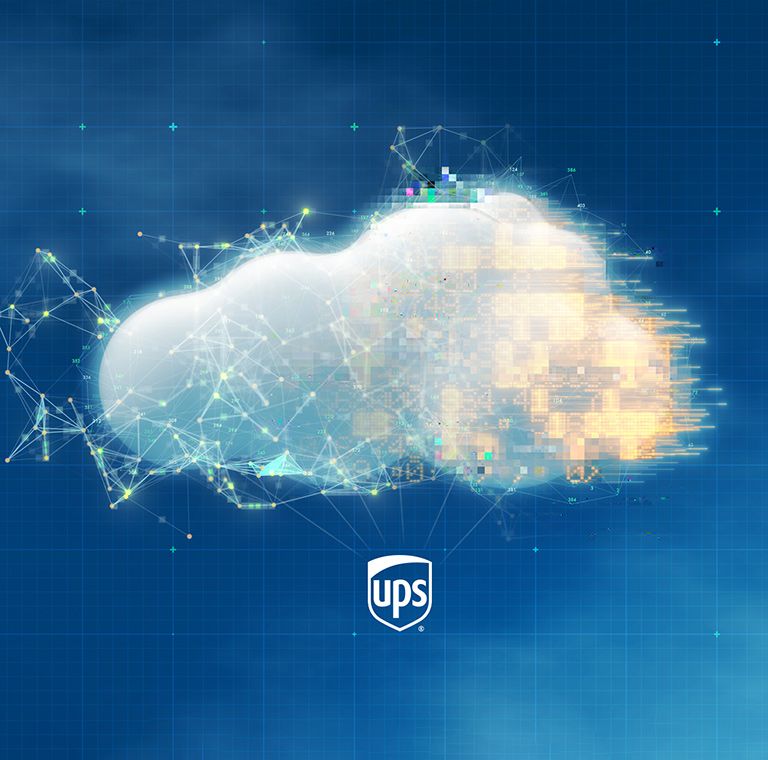What’s new: UPS and Google Cloud have extended a collaboration that advances UPS’s global logistics network technology while providing the company’s customers with a world-class digital experience.
Why it matters: UPS uses Google Cloud’s flexible bandwidth, innovative data analytics and advanced technology to increase customer visibility into shipments and to enhance how UPS gives them control over their deliveries.
“UPS harnesses massive amounts of data from throughout its Global Smart Logistics Network to provide our customers with unmatched service,” said Juan Perez, UPS Chief Information and Engineering Officer. “By expanding our use of Google Cloud, UPS can achieve a higher level of predictive data analytical capabilities, improving our customers’ experience and generating operational efficiencies while also helping to reduce our carbon footprint.”
“As a strategic cloud provider to UPS we’re dedicated to unlocking the power of their data so they can make informed decisions and improvements,” said Kirsten Kliphouse, President, North America, Google Cloud.
The background: UPS already uses Google Cloud technology in key technology platforms:
- UPS’s Harmonized Enterprise Analytics Tool (HEAT) is a Business Intelligence Platform, developed in-house, using advanced predictive analytics. It uses more than 1 billion data points to provide the most precise forecasting and the ability to see and control how packages move through UPS’s network.
- This level of data-driven insight is valuable to UPS, especially during the annual peak holiday season when package volume increases by as much as 60 percent, or during the COVID-19 pandemic when UPS delivered more than 1 billion vaccine doses with 99.9% effectiveness and provided tracking information for vaccine deliveries to within 10 feet of the package anywhere in UPS’s global network.
- Through its use of Google Cloud, UPS is addressing sustainability challenges as well. For example, routing software that leverages Google Cloud’s expertise in data analytics enables UPS to optimize delivery routes and reduce its fuel consumption.


